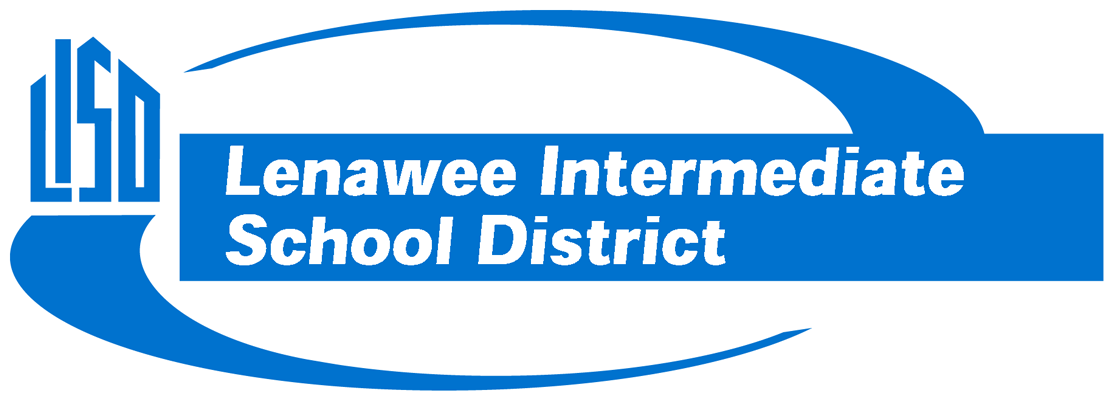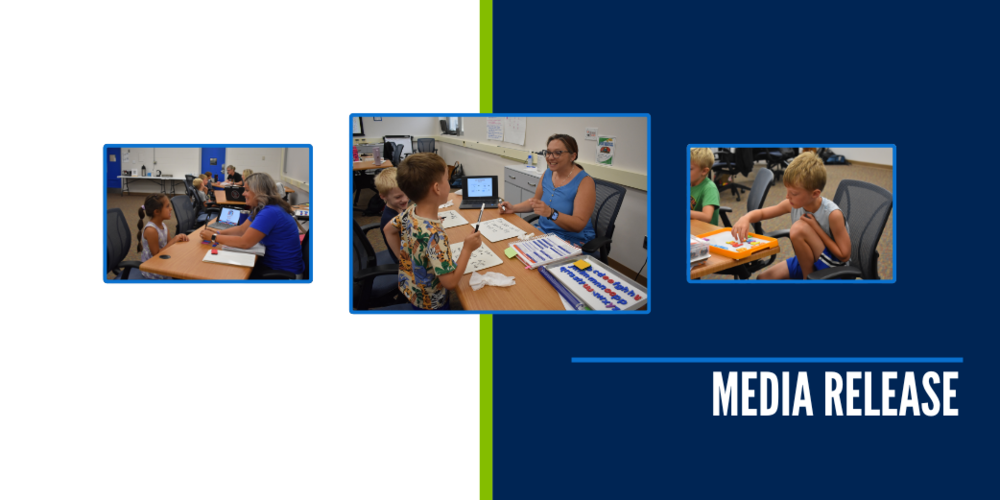Adrian, MI – A podcast. That’s where it all started.
When Robyn Francis, a local educator, tuned in to a story about the Washington D.C. Reading Clinic—a program where teachers learn how to better teach reading while tutoring struggling students—she had an idea: “Why not bring something like this to Lenawee County?”
Fast forward a few years, and that idea is now the Lenawee County Reading Clinic (LCRC)—a growing initiative helping teachers build stronger reading skills in students, using what’s known as the Science of Reading. Since launching in 2021, the program has helped educators across the county become more confident, skilled, and effective at teaching kids how to read.
Training Teachers, Helping Kids
With support from LISD Superintendent Mark Haag and Curriculum Consultant Amanda Morris, the clinic officially began in fall 2021. Robyn Francis teamed up with Amanda Morris and Heather Hartwig to lead the first group of teachers through the training. Educators gathered once a month during the school year to learn and practice research-backed ways to teach reading—then applied what they learned by tutoring students after school.
Their focus? The building blocks of reading—like sounding out words, recognizing letter patterns, and building confidence through small, consistent steps. The clinic uses well-known, evidence-based tools like:
· Dr. David Kilpatrick’s One Minute Activities – to build phonemic awareness
· UFLI Foundations – a program out of the University of Florida for teaching phonics
· Uncovering the Logic of English by Denise Eide – to support spelling and vocabulary
They even created a list of “10 Must-Do Practices” to help teachers bring these tools into everyday classrooms.
A Ripple Effect Across Lenawee
Four years later, the impact is clear. Dozens of teachers have completed the program, many of whom are now sharing what they learned with others in their schools. Some have taken on literacy leadership roles in their districts. Others have inspired colleagues to rethink how they teach reading. It’s what the clinic team calls a “ripple effect”—and it’s being felt across Lenawee County.
Teachers from nine of Lenawee County’s eleven public school districts have taken part in the program, helping to build a countywide network of educators who are passionate about improving literacy.
In the third year, Emily Stiver joined the leadership team to help facilitate training. As Amanda Morris and Heather Hartwig shifted their focus to other projects, Robyn and Emily continued leading the program. Under Emily’s leadership, the LCRC expanded to include a summer intensive cohort, condensing the yearlong format into an eight-day training that includes daily tutoring. During the summer session, 12 students from around the county participated in five tutoring sessions.
The hope is to grow this summer model in the years to come—offering even more students help when they need it most and giving educators a chance to keep learning year-round.
Why It Matters
While teaching kids to read might seem straightforward, it turns out many teacher training programs don’t include the latest research on how children learn to read. That’s where programs like the LCRC come in, filing the gap and giving local teachers the tools they need to help every child succeed.
This work is especially important now. In October 2024, Michigan passed a new Dyslexia Law, which will require schools to use research-based reading strategies by the 2027–28 school year. Thanks to the LCRC, Lenawee County educators are already ahead of the curve.

